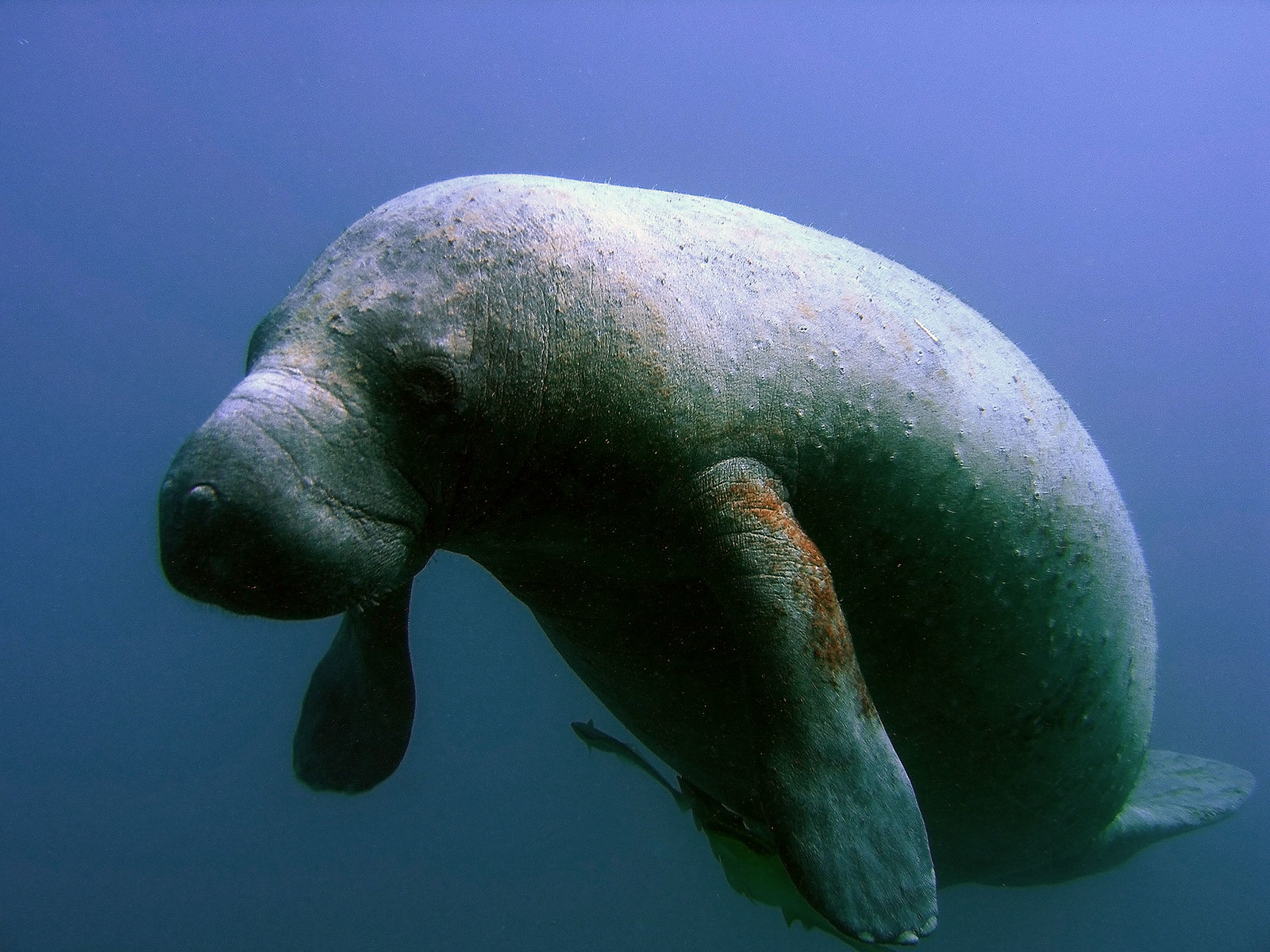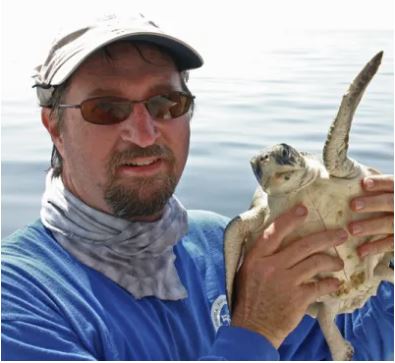
An island oasis and turtle treasure
Highlighting the incredible green sea turtle and the amazing conservation efforts being done to save them around Marquesas Key.
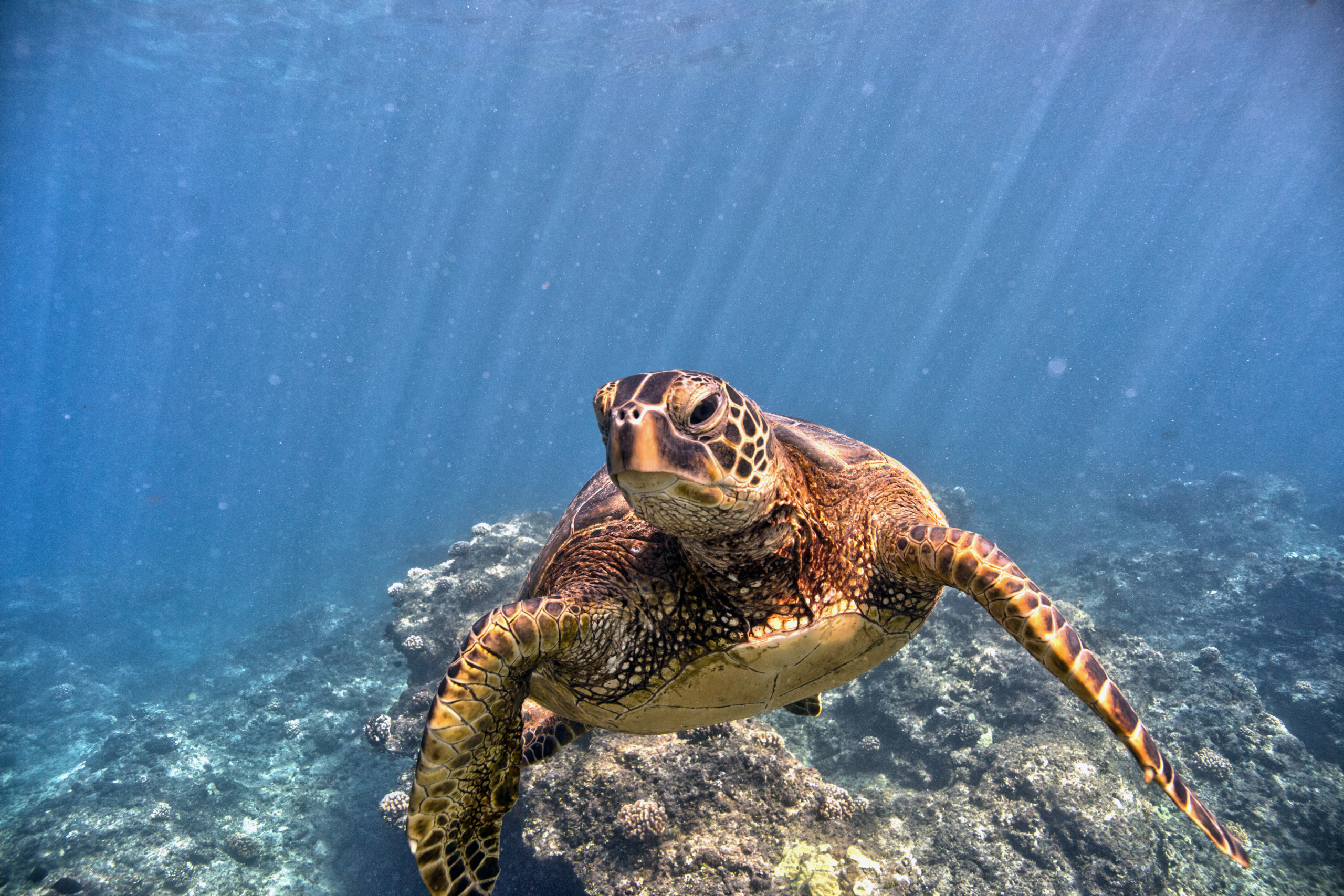
Deep in the Florida Keys, about 25 miles west of Key West, sits the Marquesas Keys, a haven for both marine and terrestrial wildlife. The Marquesas region comprises a mosaic of tiny islands that are intertwined with sandbars and shallow-water areas containing thriving communities of sponges and seagrass – a diet staple of many creatures, but particularly for the beloved and endangered green sea turtle.
Green sea turtles were named for their internal color, which they get from the dark green seagrasses they eat that dye their fat. They are one of five turtle species found in the Keys and are the only herbivorous ones. They can grow to a massive 4 feet in length, weigh as much as 500 pounds, can live for over 50 years and have even been known to swim thousands of miles to forage and nest.
Sadly, these stunning sea turtles have declined in numbers over the years. Prior to the 15th century, tens of millions of them thrived throughout the Caribbean. Scientists now estimate their numbers have dwindled to the tens of thousands – making them a threatened species in the Keys. Climate change, habitat loss, marine pollution and commercial fishing continue to put this amazing species at risk.
Like other sea turtle species, green turtles lay their eggs in the warm sands of ocean beaches, where their hatchlings emerge at night. Undisturbed and dark beaches are critical to the survival of this species because both nesting females and hatchlings are disoriented by artificial lighting.
During the late 1800s and early 1900s, green turtles in U.S. waters were harvested extensively on a commercial scale. This harvest resulted in a population crash, the shadow of which we still see today in the reduced numbers of this once abundant marine animal. Thankfully, protection under the Endangered Species Act made the green turtle the center of a developing conservation success story. Although threats remain, green turtle populations are on the rise. Much of this success has resulted from protections afforded by refuge areas, such as the Florida Keys National Marine Sanctuary, maintained by the National Ocean and Atmospheric Administration (NOAA). Effective protection within these sanctuaries requires continued attention to managing threats such as vessel traffic, commercial fishing and entanglement hazards.
The Marquesas Keys are critical to the recovery of green sea turtles by virtue of the islands’ popularity with the turtles. The Marquesas region contains the densest population of turtles in all of the Florida Keys and is one of the only known foraging grounds for adult green turtles in the Continental United States. Why the turtles favor this spot is a bit of a mystery. One reason could be the unique positioning of reefs for sleeping and seagrass pastures for feeding. Like other animals, many environmental factors are required for a sea turtle population to thrive, including safe places to forage, rest and seek refuge from predators.
The green turtles of the Marquesas periodically migrate to nest on Florida’s Atlantic coast beaches, but some nest on beaches in Mexico or the greater Caribbean. These international links broaden the stewardship responsibility for green turtles in the Marquesas. Doing our part to protect green turtles within a small but key portion of their range would make a large difference in the species’ recovery. Under NOAA’s current policies, the Marquesas Keys have a 300-foot no-access zone and 300-foot no-wake zone around portions of it. These protections from boat strikes cover only a sliver of the green turtle hotspot in the Marquesas, but the good news is NOAA has a plan.
In their Florida Keys Restoration Blueprint – NOAA’s proposed plan to improve the overall ecosystem health within the Sanctuary – they have outlined a new expansion of the preservation area that will encompass an additional six plus square miles west of the Marquesas Keys. This expansion targets an area known to contain a high-density population of mature green sea turtles. The goal of these protections is to reduce two important causes of green turtle mortality – boat strikes and entanglement in fishing gear. To maintain a stable and healthy population of turtles, it’s imperative that this area is protected and it’s great that NOAA officials agree.
Green turtles are beautiful and iconic marine animals. Their survival benefits all of us who appreciate wildlife encounters and amazing experiences on the water. But green turtles have another beneficial ecological effect. At their former, historical levels of abundance, green turtles were profound influencers of shallow seagrass habitats. Their grazing cycled nutrients in this sea-bottom community and opened up seagrass pastures for a diverse array of fish and other animal species.
When it comes to marine conservation and healthy oceans, there are few better representatives than a thriving population of green turtles. The protections proposed by NOAA will speed the recovery of green turtles in the Keys and in the wider Caribbean region.
Topics
Authors
Ian Giancarlo
Protect Our Oceans Campaign, Advocate, Environment America
Ian works to protect our oceans and marine ecosystems. Ian lives in Portland, Oregon, where he enjoys triathlons, hiking, and local breweries in his free time.
Dr. Blair Witherington
Vice President and Director, Inwater Research Group
Find Out More
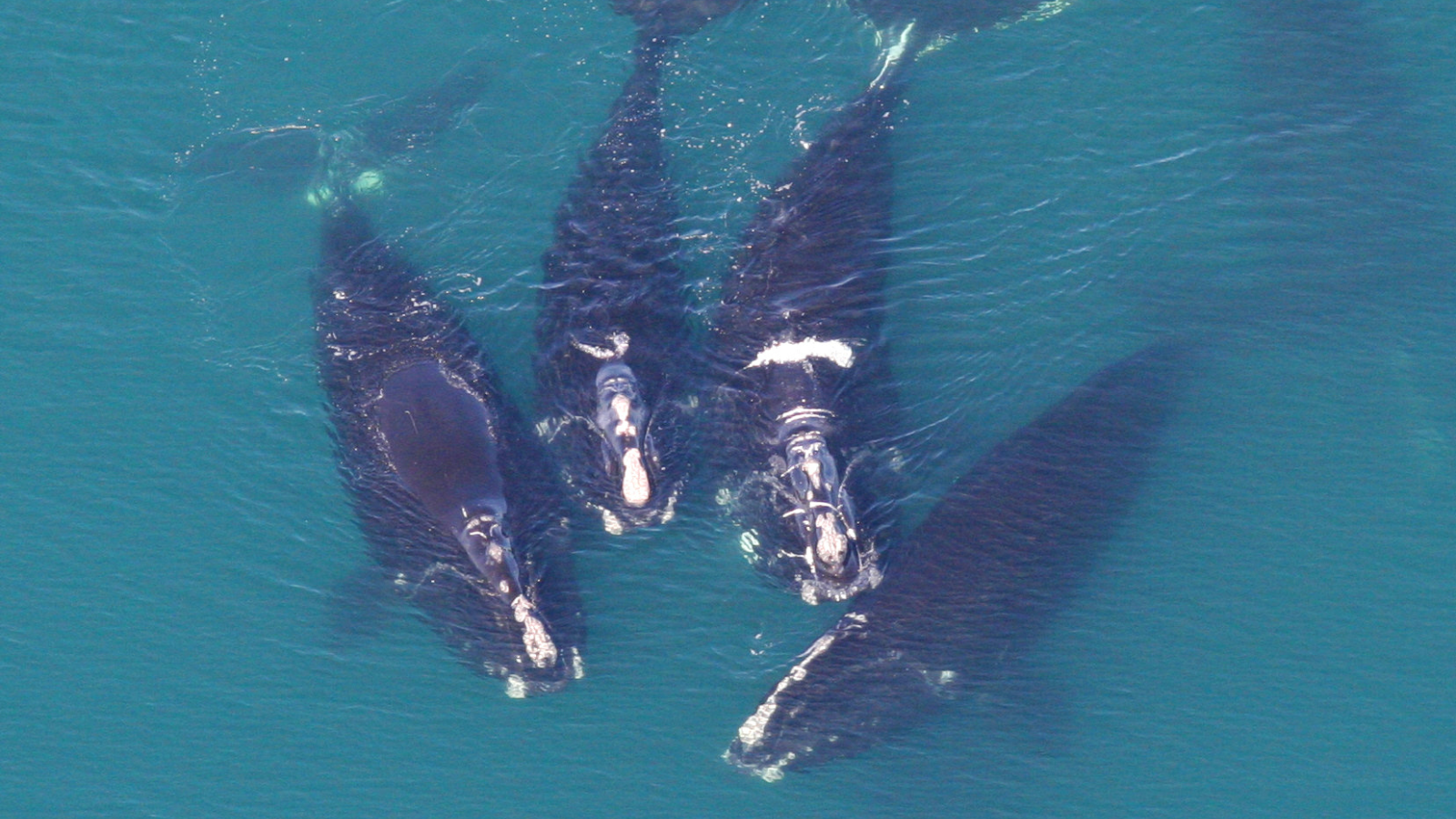
Save the Whales
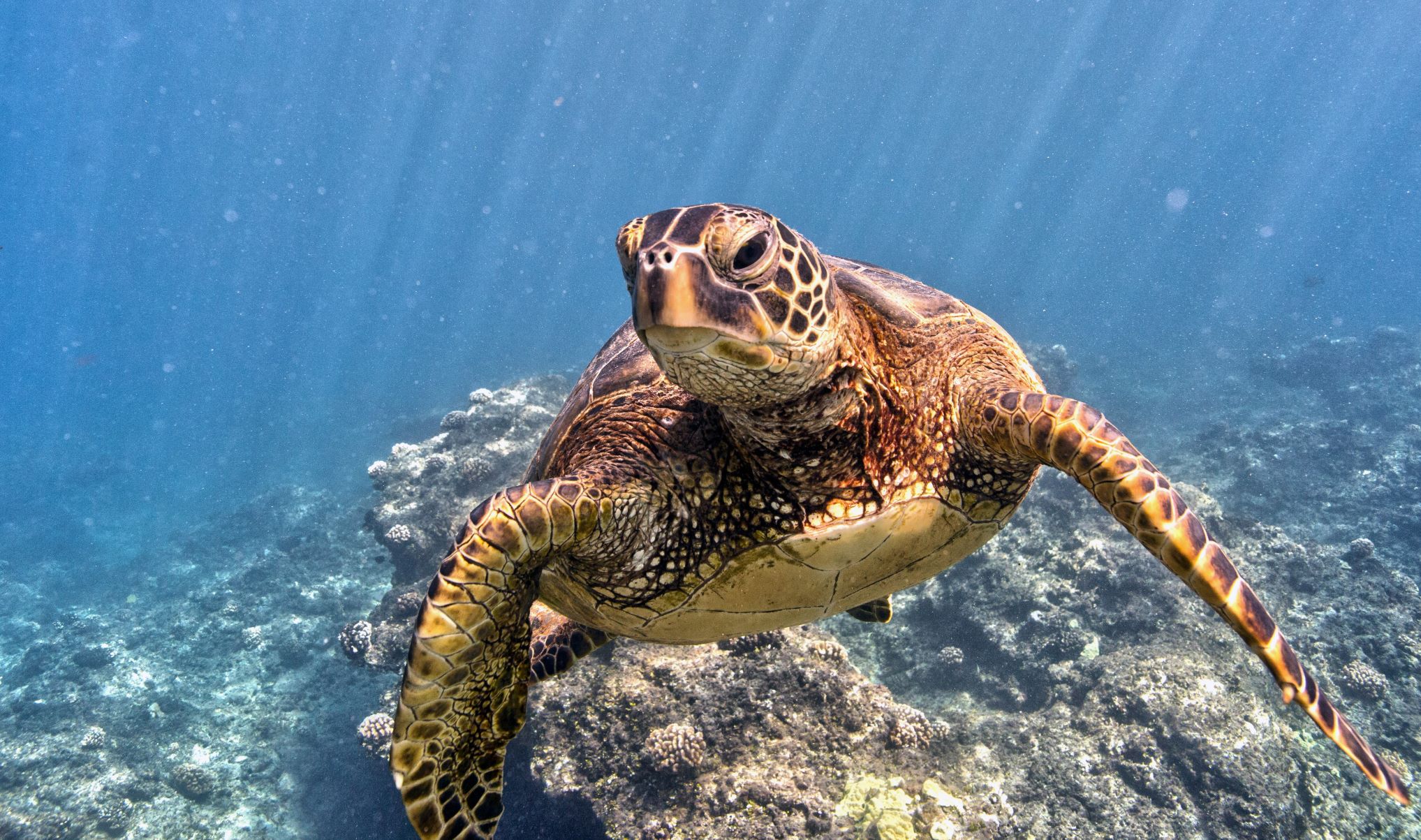
Marine protected areas are the best hope for the ocean – but only if the protections are real
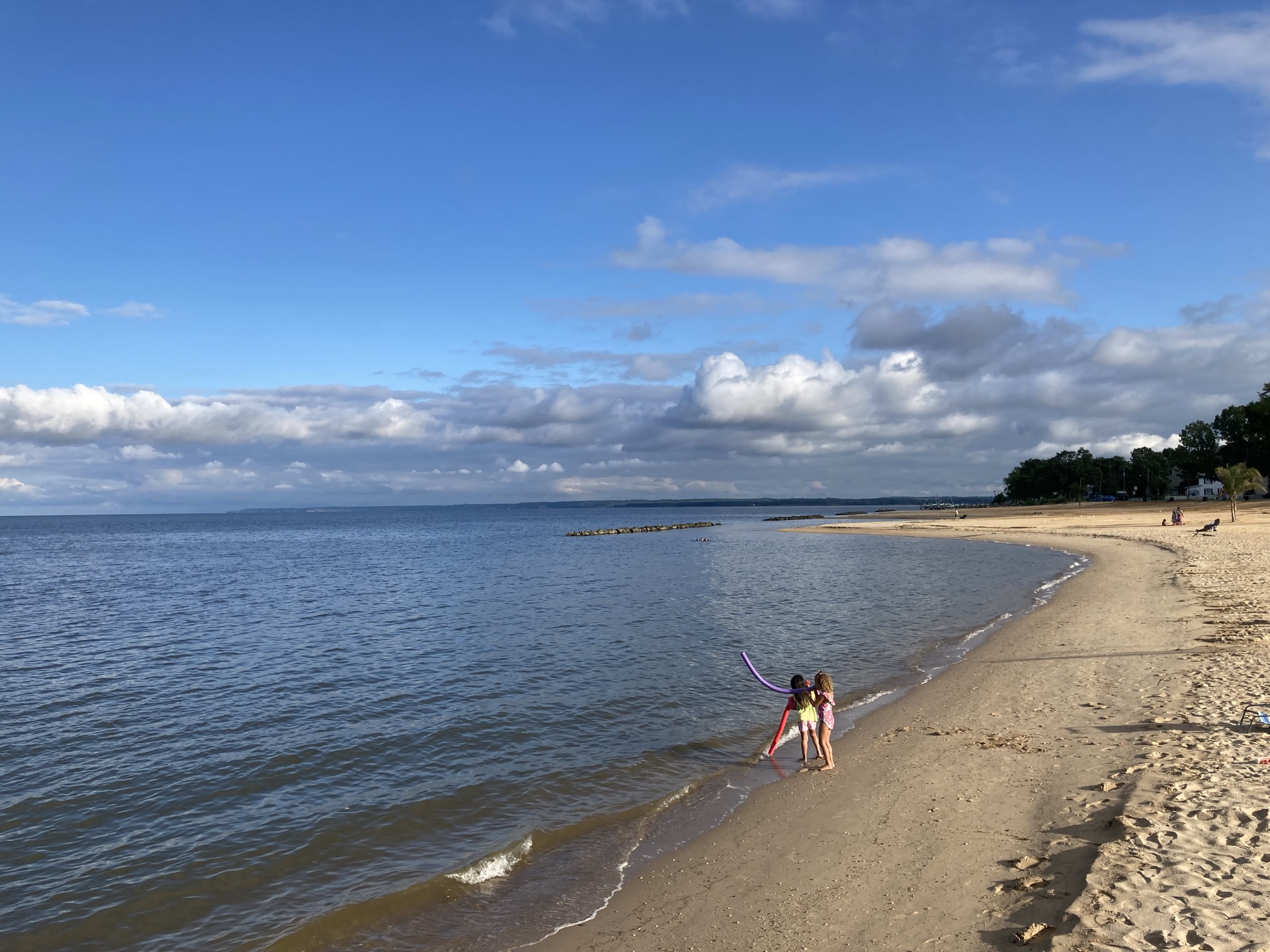
Has PFAS contaminated your beach?
